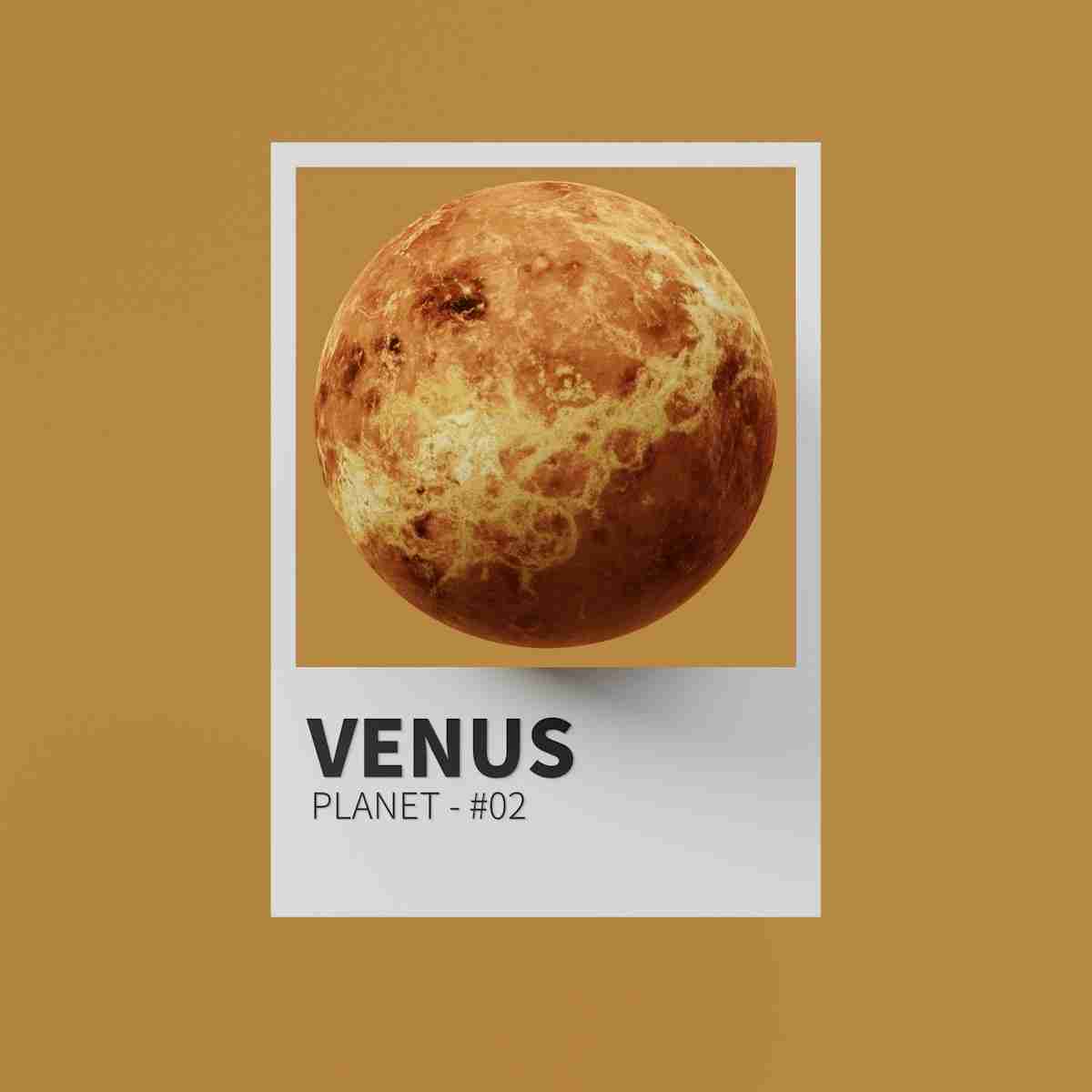23 Fun Facts About Venus | Mind-Blowing Truths
1. Venus is the hottest planet in our solar system.
Surface temperatures on Venus reach a scorching 900 degrees Fahrenheit (475 degrees Celsius). This extreme heat is hotter than the surface of Mercury, despite Mercury being closer to the Sun.
The crushing heat on Venus is due to its thick, greenhouse gas-filled atmosphere. This dense atmosphere traps the Sun’s energy, creating an extreme furnace-like environment.
2. A day on Venus is longer than a year on Venus.
It takes Venus about 243 Earth days to rotate once on its axis (a day), but only 225 Earth days to orbit the Sun (a year). This means a single day on Venus lasts longer than its entire year!
This unusual rotation pattern is due to Venus’s very slow rotation and its relatively close orbit to the Sun. It offers a stark contrast to the day-night cycle we experience on Earth.
3. Venus rotates backward compared to most other planets.
Venus spins in the opposite direction from the majority of planets, a phenomenon called retrograde rotation. Scientists believe a massive collision in the past might have caused this unusual spin.
This retrograde rotation means that if you were on the surface of Venus, the Sun would rise in the west and set in the east. It adds another unique characteristic to the planet’s celestial mechanics.
4. Venus has the densest atmosphere of the terrestrial planets in our solar system.
The atmospheric pressure on Venus is about 90 times greater than on Earth. This crushing pressure would be comparable to being deep underwater on Earth.
The thick atmosphere, primarily composed of carbon dioxide, contributes greatly to Venus’s extreme surface temperatures. It demonstrates how atmospheric composition heavily influences surface conditions on planets.
5. Venus is often called Earth’s “twin” due to similarities in size and density.
Venus and Earth are remarkably close in size and composition. However, despite this similarity, they evolved into drastically different planets.
Studying Venus offers scientists insights into our planet’s possible fate if the greenhouse effect runs rampant. It’s a stark reminder of the fragile balance that makes Earth hospitable to life.
6. Venus is covered in thousands of volcanoes.
Volcanic activity has played a major role in shaping Venus’s surface. Scientists believe Venus may still have active volcanoes today.
Volcanism on Venus highlights ongoing geological processes. It adds a dynamic element to our understanding of the planet’s interior and surface formation.
7. Venus was once thought to be a lush, tropical world.
Before the Space Age, some scientists theorized that Venus might harbor jungles or oceans beneath its clouds. Space exploration revealed Venus’s true inhospitable nature.
This shift in perception reminds us of the limitations of early scientific speculation. It underscores the importance of space missions for uncovering the true nature of planets within our solar system.
8. Venus is the brightest natural object in Earth’s night sky, after the Moon.
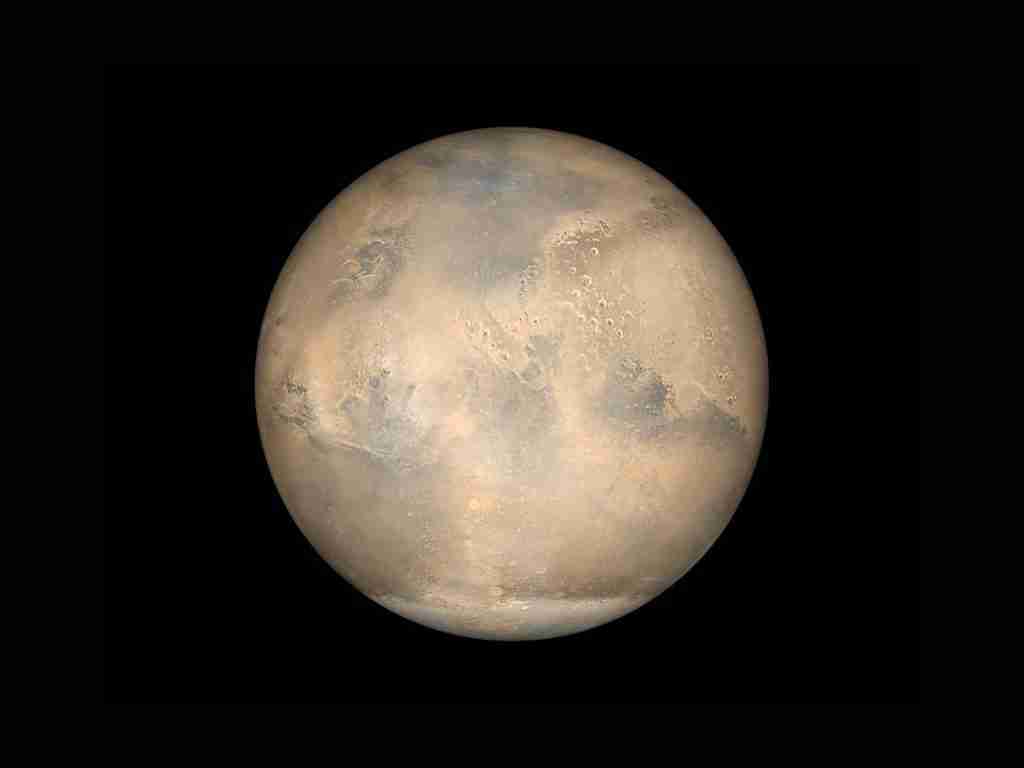
Venus’s high reflectivity and proximity make it shine brightly, often called the “morning star” or “evening star.” This brilliance has made it a prominent object in mythology and astronomy throughout history.
Venus is an example of fun facts about Venus that spark curiosity and connect to early human observations of the night sky. It’s a constant reminder of the beauty that awaits stargazers.
9. The Soviet Union successfully landed multiple probes on Venus.
The Venera missions by the Soviet Union were the first spacecraft to land on another planet, transmit images, and analyze the Venusian surface. These missions provided groundbreaking discoveries about Venus’s hostile environment.
The Venera missions are a testament to human ingenuity and perseverance in space exploration. They represent a significant milestone in our understanding of Venus.
10. Venus has no moons.
Unlike many planets in our solar system, Venus doesn’t have any natural satellites. The reasons for this absence are still being explored by scientists.
This lack of moons sets Venus apart from gas giants and even its rocky neighbor Earth. It adds another layer to the planet’s characteristics that scientists continue to theorize about.
11. Winds on Venus can reach hurricane-force speeds in its upper atmosphere.
While the surface of Venus may seem relatively calm, its upper atmosphere swirls with incredibly powerful winds. This contrast highlights the complex layers of the planet’s atmosphere.
Studying these winds helps scientists understand atmospheric dynamics on a planet with drastically different conditions from Earth. It offers a comparative perspective on weather patterns.
12. Venus might have had oceans of liquid water in its ancient past.
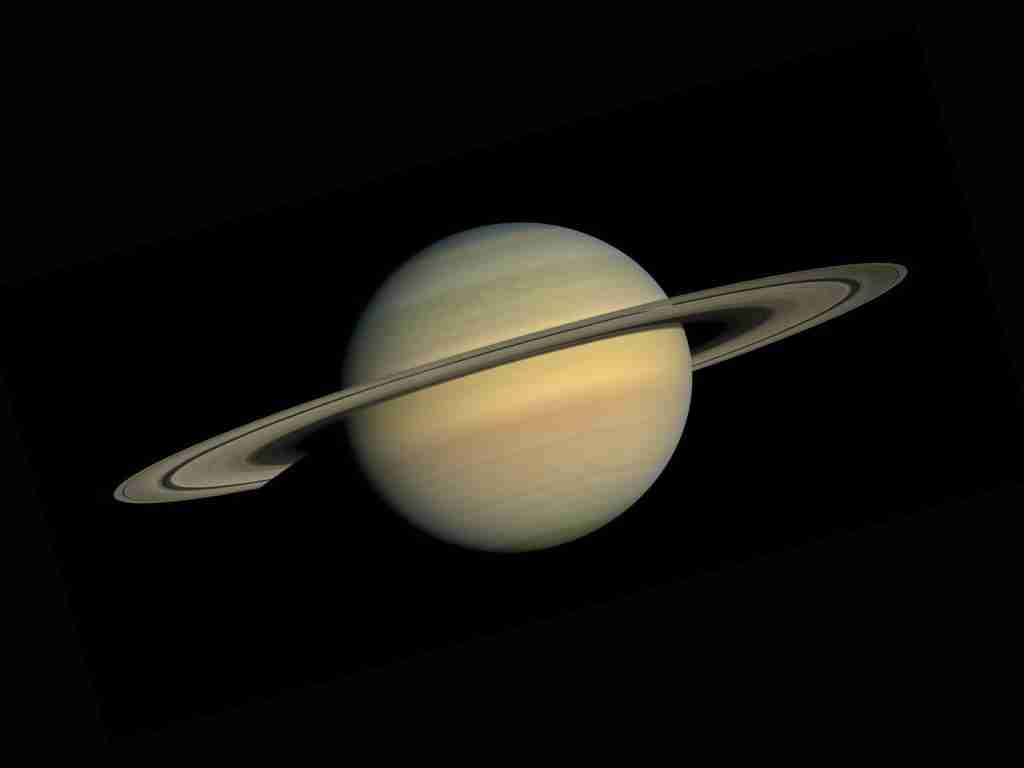
Some scientists theorize that Venus may have been a much more Earth-like world billions of years ago, potentially with liquid oceans. Runaway greenhouse effects are thought to have caused its dramatic transformation.
This theory fuels fascinating discussions about the potential habitability of Venus in its distant past. It’s a crucial element when considering the evolution of planets and their potential to support life.
13. Venus lacks a strong magnetic field like Earth’s.
Earth’s magnetic field serves as a protective shield against solar radiation. Scientists are still working to understand why Venus doesn’t have a similar magnetic field.
This difference in magnetic fields is a point of comparison between Earth and Venus. It highlights the diversity in planetary characteristics that scientists study to understand planetary evolution.
14. Clouds on Venus are primarily composed of sulfuric acid.
Unlike Earth’s water-based clouds, the thick cloud cover on Venus contains highly corrosive sulfuric acid. This highlights the extreme and contrasting nature of Venus’s atmosphere.
The presence of sulfuric acid contributes to Venus’s harsh environment. It also explains why probes sent to explore Venus have had very short lifespans.
15. Metal ‘snow’ might fall on Venusian mountaintops.
Scientists suggest that high-altitude peaks on Venus could be cool enough for metal compounds to condense and fall like a strange form of snow. This unique phenomenon wouldn’t occur anywhere else in our solar system.
This theoretical occurrence is a reminder of the surprises that Venus might hold. It showcases the potential for exotic weather patterns on planets with extreme conditions.
16. Venus may have recently experienced large-scale volcanic resurfacing.
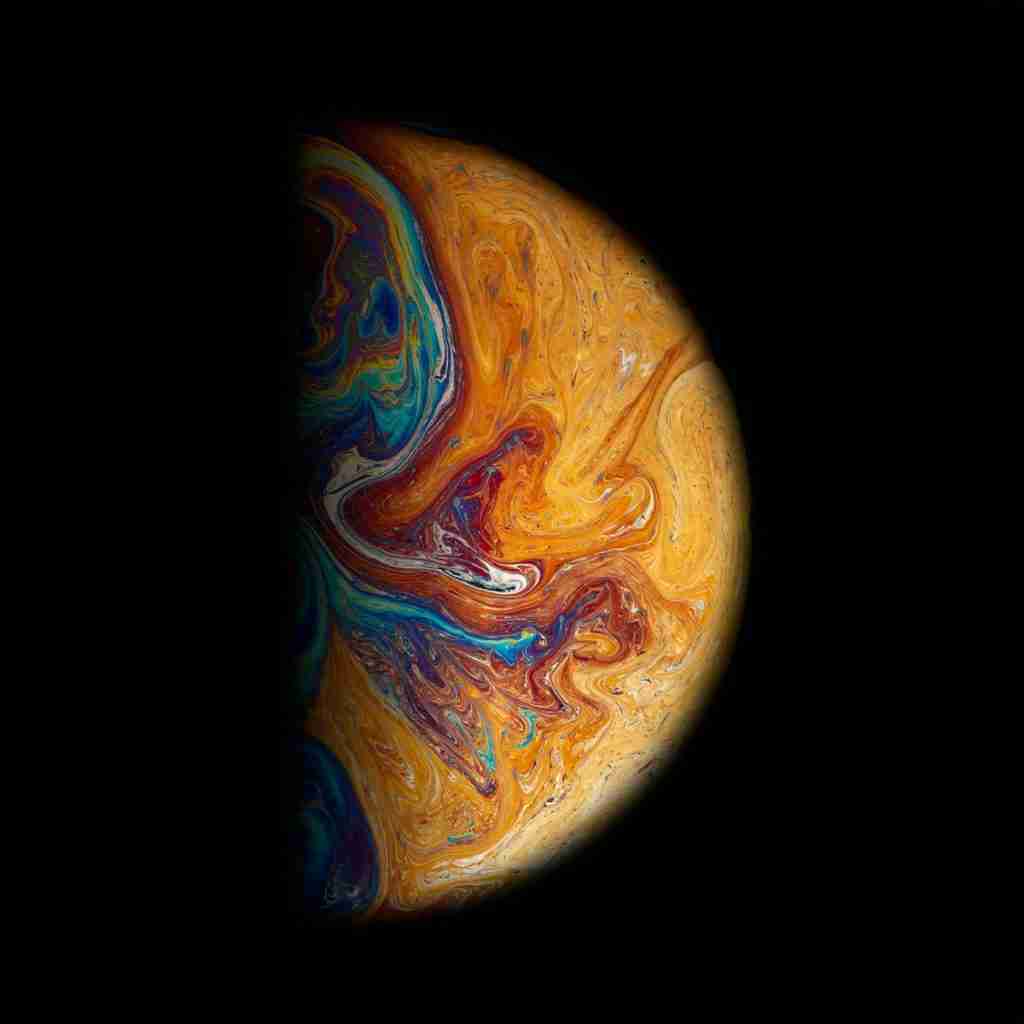
Evidence suggests that Venus might have had massive volcanic events that reshaped its surface in the geologically recent past. This indicates Venus may still be a volcanically active world.
This potential geological activity adds an element of mystery to contemporary Venus. It suggests the planet is more dynamic than its seemingly unchanging appearance implies.
17. Atmospheric pressure on Venus could crush a car.
The immense pressure on Venus’s surface is comparable to being deep beneath Earth’s ocean. This extreme pressure presents an extraordinary challenge for exploration.
This fact emphasizes the harsh realities of the Venusian environment. It provides a visceral reference point to understand the forces at play on Venus.
18. Venus appears in phases like the Moon when viewed from Earth.
Similar to our Moon, Venus goes through a cycle of phases (crescent, gibbous, full) from Earth’s perspective. This is due to Venus’s orbit relative to Earth and the Sun.
This adds a relatable aspect to Venus for Earthbound observers. It’s a reminder that planets, like our Moon, undergo changes in appearance over time.
19. Radar mapping is essential for studying Venus’s surface.
Venus’s dense cloud cover obscures direct visual observation of its surface. Scientists rely heavily on radar mapping from orbiting spacecraft to explore Venusian topography.
This highlights the technological adaptations needed to overcome the challenges of studying Venus. It underscores how different tools reveal unique information about planets.
20. The transit of Venus across the Sun is a rare astronomical event.
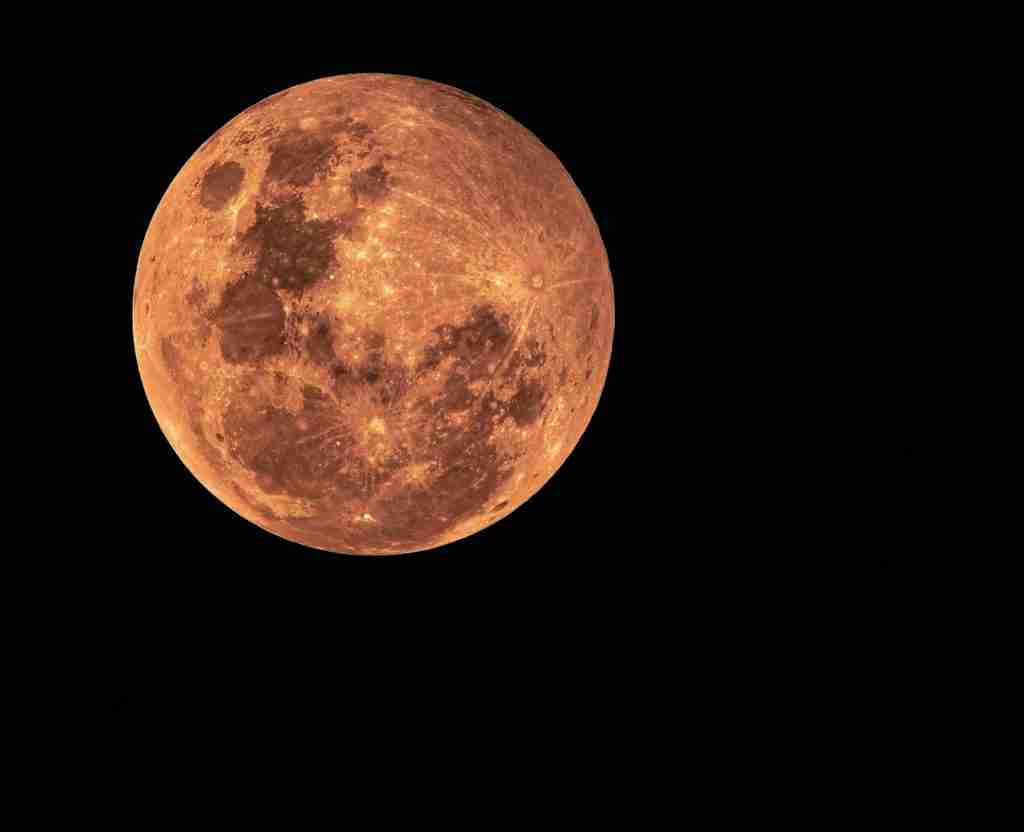
As seen from Earth, Venus occasionally passes directly between the Earth and the Sun, appearing as a black dot against the solar disk. These transits occur in pairs, over a century apart.
Transits historically helped astronomers calculate the scale of the solar system, and modern observations offer scientific insights. They’re an example of fascinating Venus facts that blend history and contemporary study.
21. Some space missions have proposed floating cities above Venus’s clouds.
While the Venusian surface is inhospitable, conditions high in the atmosphere are milder. This has led to futuristic concepts for floating outposts to explore the planet.
These creative concepts highlight the potential for innovative approaches to planetary exploration. They illustrate that even extremely harsh environments can spark visionary ideas.
22. A solar day on Venus is shorter than its sidereal day.
A solar day (time between two sunrises) is shorter than Venus’s rotation period (sidereal day). This is because its retrograde rotation and orbital motion partially counteract each other.
This unusual quirk offers a twist on the typical understanding of a planet’s “day” It demonstrates the unique celestial mechanics at play on Venus.
23. Venus is named after the Roman goddess of love and beauty.
This naming convention connects Venus to ancient cultural interpretations of celestial bodies. The planet’s brilliance in the night sky inspired this association.
This name choice links modern science with the mythology surrounding Venus. It serves as a reminder of the centuries-long human fascination with this bright planet.
FAQs
Venus is the second planet from the Sun in our Solar System, situated between Mercury and Earth. Known as Earth’s “sister planet,” it shares similar size, composition, and mass, but with extreme temperatures and a thick, toxic atmosphere.
Venus is one of the hottest planets in our Solar System, with an average surface temperature of about 462 degrees Celsius (864 degrees Fahrenheit). Its dense atmosphere traps heat, creating a runaway greenhouse effect that makes it hotter than even Mercury, the closest planet to the Sun.
In Roman mythology, Venus is the goddess of love, beauty, and fertility, equivalent to the Greek goddess Aphrodite. She is often depicted as a beautiful woman, associated with love, desire, and the arts.
“Venus clothing” may refer to clothing lines or brands named after the goddess Venus, often associated with themes of beauty, elegance, and style. It can also relate to fashion inspired by classical art, featuring flowing silhouettes and delicate details.
Venus is the second planet from the Sun and is often called Earth’s “twin” due to their similar sizes and compositions. However, Venus has a harsh environment with a thick atmosphere of carbon dioxide, intense heat, and crushing atmospheric pressure, making it a challenging place for exploration.
NASA’s missions to Venus, such as the Magellan spacecraft, have provided valuable insights into the planet’s surface and atmosphere. They revealed Venus to be a world dominated by volcanic activity, with vast plains of lava and a mysterious, swirling cloud cover.

